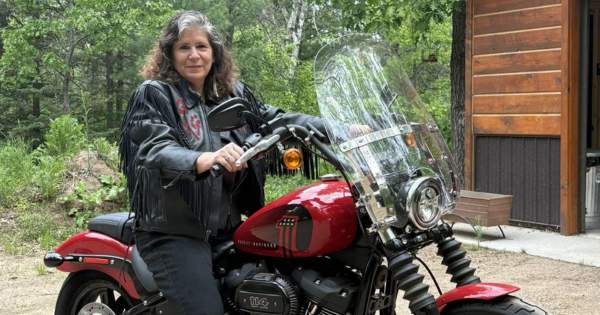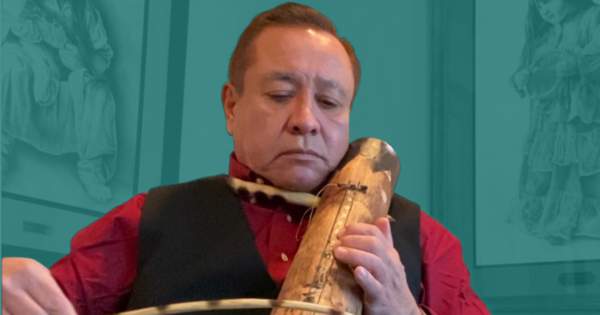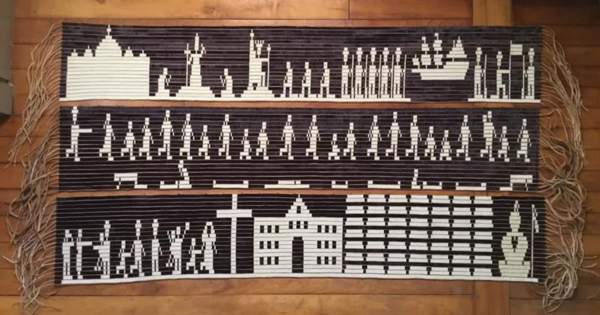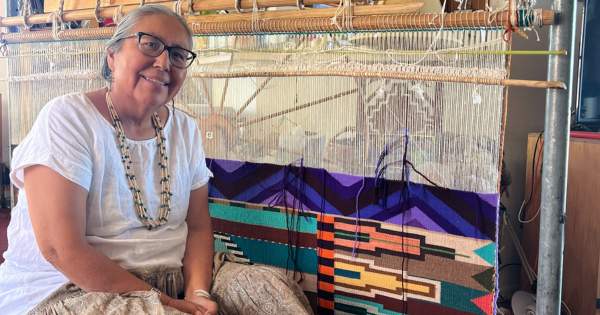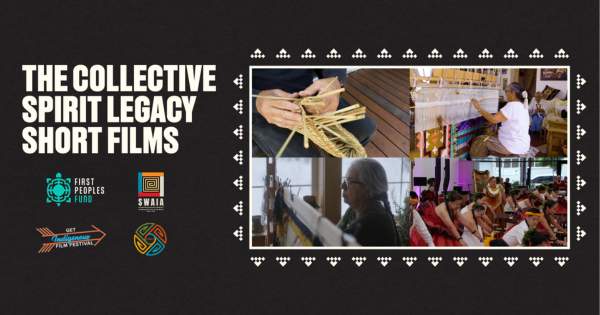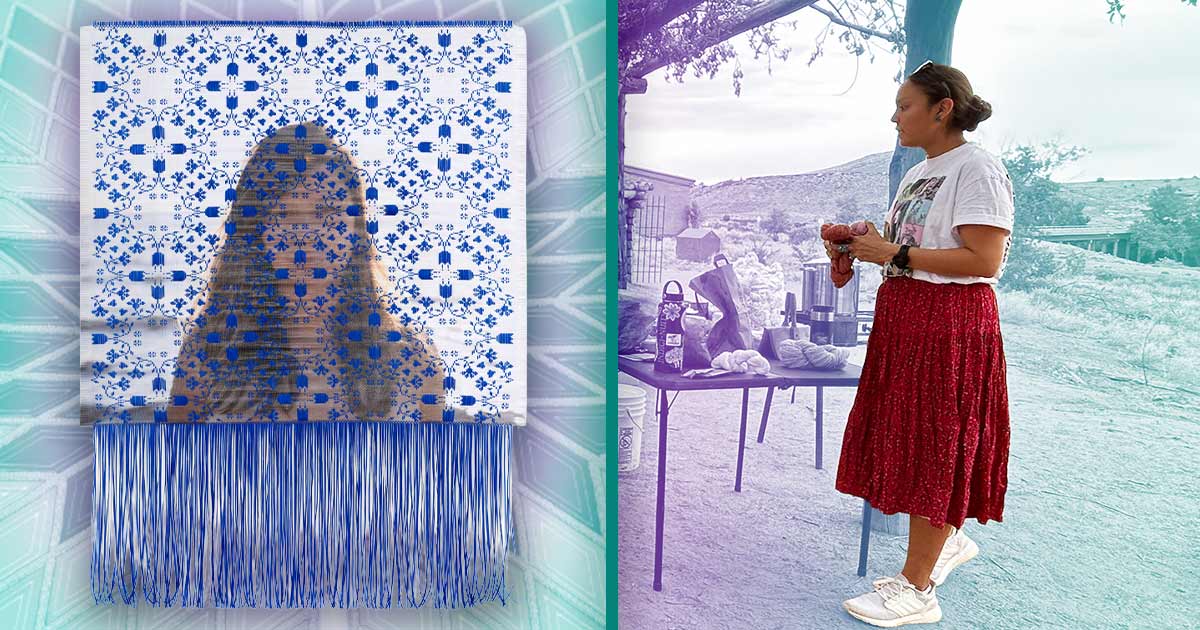
The Movements of Hula
Bernadette “Pelena” Keeling (Native Hawaiian) has been a hula olapa (dancer) for over 30 years. She comes from a hālau (school or group) that has won multiple awards in the competition of hula, and has travelled the world. She uniki (graduated) from her hālau, Na Lei o Kaholoku, in 2012. She has taught youth for the past 7 years, focusing on identity, self-esteem, and confidence using hula.
Pelena is a 2020 First Peoples Fund Cultural Capital Fellow residing in Kailua-Kona, Hawai’i.
High in the mountains, Pelena instructs her students in a slow squat as they lower their bodies to the earth rather than bending. The movements are purposeful, not only strengthening their bodies for hula but planting another piece of life in their agroforestry project.
Agroforestry is intentionally integrating trees and shrubs into crop and animal farming systems to create environmental, economic, and social benefits.
“We’re teaching the kids to grow our own food supply,” Pelena says. “This is where we use hula, too. They have to balance on the land because of the rough terrain. When they plant, we make them squat versus bending over. It’s good for your back, and it also gets them in shape for when we start hula.”
From the plot of land, Pelena and the students look over the ocean far below. Pelena takes them down there as an extension of their agroforestry and hula preparation.
“What is growing natively on the land is growing in the ocean as well,” she says. “We have to teach them how to take care of the ocean because that’s like our refrigerator.”
Pelena has the youth sit in the waves to absorb the ocean’s movement.
“When the current naturally moves you, you feel how easy it flows,” she says. “We tell them to watch the seaweed on the rocks, look at how the ocean goes out and in, and how soft it looks. That is how we want them to flow. That complements how you move with the land and strengthens your legs enough to walk through or plant the land. That’s how you hula, the foundation of where your strength comes from.”
So far, Pelena has 15 youth taking part in the project. But many more parents are asking for the opportunity to have their kids involved in a constructive social activity that connects them with their Hawaiian heritage and homeland during COVID-19.
“If we can get the kids out and doing farm work and hula on the land, get them doing outreach in the community, it allows them to still be kids,”
Once the current plot is finished, they will move on to a 17-acre parcel to transform it with agroforestry — all through the movements of hula.
